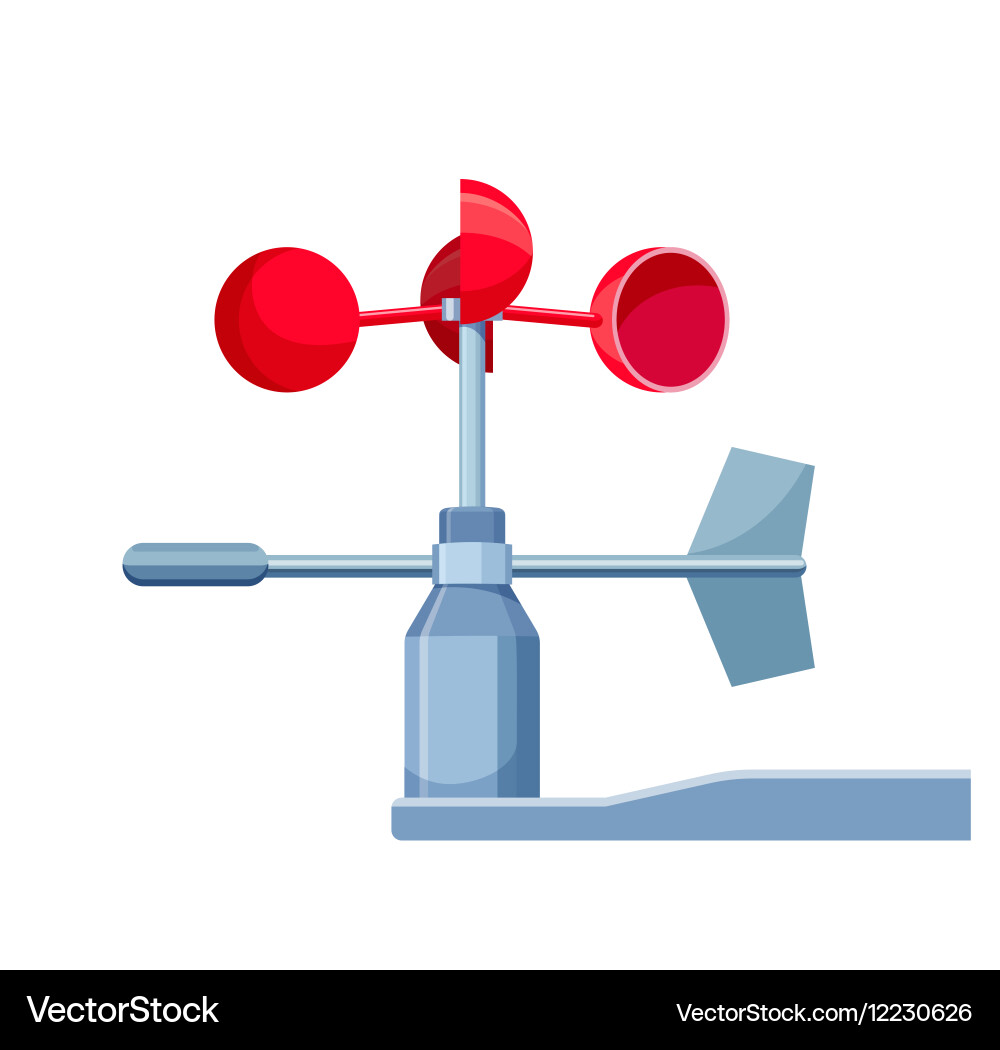Contrasting Digital and Mechanical Anemometers: Which is Right for You?
Contrasting Digital and Mechanical Anemometers: Which is Right for You?
Blog Article
Checking Out the Features and Benefits of Anemometers for Weather Condition Lovers and Specialists
Anemometers stand as instrumental tools in the world of climate monitoring, dealing with both fanatics and experienced professionals alike. These devices provide a window right into the vibrant globe of wind patterns and rates, supplying invaluable data for meteorological evaluation and forecasting. From mug anemometers to sonic anemometers, each type brings its unique set of applications and advantages, dropping light on various aspects of weather. As we dig into the functions and advantages of anemometers, a much deeper understanding emerges not just of dominating climate phenomena yet likewise of the more comprehensive implications for sectors like wind energy production and environmental research.
Relevance of Anemometers in Weather Tracking
Anemometers play a critical role in climate monitoring by giving accurate dimensions of wind speed, aiding in projecting and understanding climate patterns. These instruments, varying from conventional mug anemometers to modern-day ultrasonic anemometers, are important for meteorologists, scientists, and climate fanatics alike.

Kinds of Anemometers and Their Applications
The most typical types of anemometers consist of mug anemometers, vane anemometers, hot-wire anemometers, and ultrasonic anemometers. Cup anemometers are composed of 3 or four cups mounted on horizontal arms that revolve with the wind, gauging its speed. Vane anemometers, on the other hand, use a freely turning vane to line up with the wind direction, supplying both wind rate and instructions measurements.
Mug anemometers are ideal and robust for basic weather surveillance, while vane anemometers are preferred for directional measurements. Ultrasonic anemometers are non-intrusive and offer high precision, typically made use of in study and specialized weather condition tracking applications.
Advantages of Utilizing Anemometers in Projecting
In meteorology, the application of anemometers supplies indispensable benefits for boosting the precision of weather condition projecting. Anemometers determine wind speed and instructions, providing essential data for anticipating weather patterns. By integrating wind data right into projecting models, meteorologists can better recognize the motion of weather systems, expect modifications in weather, and concern more exact forecasts.
In addition, anemometers play a crucial function in assessing potential weather threats. Keeping an eye on wind speeds assists forecasters anticipate serious climate events such as hurricanes, tornadoes, and winter storms with higher precision. This very early caution system allows authorities to release prompt signals and implement essential precaution, minimizing the other threats to life and property.
Furthermore, anemometers assist in maximizing renewable resource manufacturing. By examining wind patterns, meteorologists can identify appropriate places for wind farms and forecast energy outcome, adding to the reliable generation of wind power.

Anemometers in Wind Power Production
Provided the essential duty anemometers play in providing accurate wind data for climate forecasting and danger assessment, their relevance expands to the world of wind power production. Anemometers are crucial tools in the area of wind energy, where the measurement of wind rate and direction is critical for figuring out the expediency and efficiency of wind turbine installations. By accurately determining wind speeds at differing heights, anemometers assist optimize the placement and design of wind generators to take full advantage of energy output.
In wind farms, anemometers are tactically put to collect real-time wind data that is used to examine the possible power production of a website. This information contributes in identifying the economic viability of wind energy jobs and in forecasting energy generation to ensure grid security. Furthermore, anemometers help in keeping an eye on wind conditions to enhance wind turbine performance, prevent damages from high winds, and ensure the security of personnel operating in the location of wind turbines.
Enhancing Climate Comprehending With Anemometers

Anemometers play a crucial function in enhancing our understanding of microclimates. These localized weather can vary significantly from broader regional projections, making it necessary to have accurate information for details areas. anemometer. By purposefully putting anemometers in numerous locations, scientists can collect comprehensive details on how wind behaves in various surfaces, urban settings, or bodies of water
Furthermore, anemometers contribute to boosting weather condition projecting versions by offering real-time data on wind habits. This details is specifically beneficial for anticipating severe climate occasions, maximizing agricultural practices, and best site sustaining sectors like aeronautics and maritime navigation. On the whole, anemometers are indispensable instruments that allow us to dig deeper into the complexities of climate systems, eventually resulting in more better-informed choices and exact predictions.
Final Thought
Finally, anemometers play a critical role in weather surveillance and forecasting by determining wind rate and instructions. They are vital devices utilized by weather condition fanatics and experts to collect precise data for anticipating climate patterns and evaluating possible effects. Anemometers additionally have applications in wind power production, further highlighting their value in both weather forecasting and renewable resource fields. On the whole, anemometers add to boosting our understanding of weather phenomena and enhancing projecting capabilities. anemometer.
From cup anemometers to sonic anemometers, each type brings its unique set of benefits and applications, losing light on numerous aspects of atmospheric problems. These instruments, varying from standard cup anemometers to modern-day ultrasonic anemometers, are necessary for meteorologists, researchers, and climate lovers alike. The most typical kinds of anemometers include cup anemometers, vane anemometers, hot-wire anemometers, and ultrasonic anemometers. Cup anemometers are appropriate and robust for general climate monitoring, while vane anemometers are favored for directional dimensions. Anemometers are essential tools in the field of wind energy, where the dimension of wind rate and direction is important for figuring out the usefulness and performance of wind generator installments.
Report this page